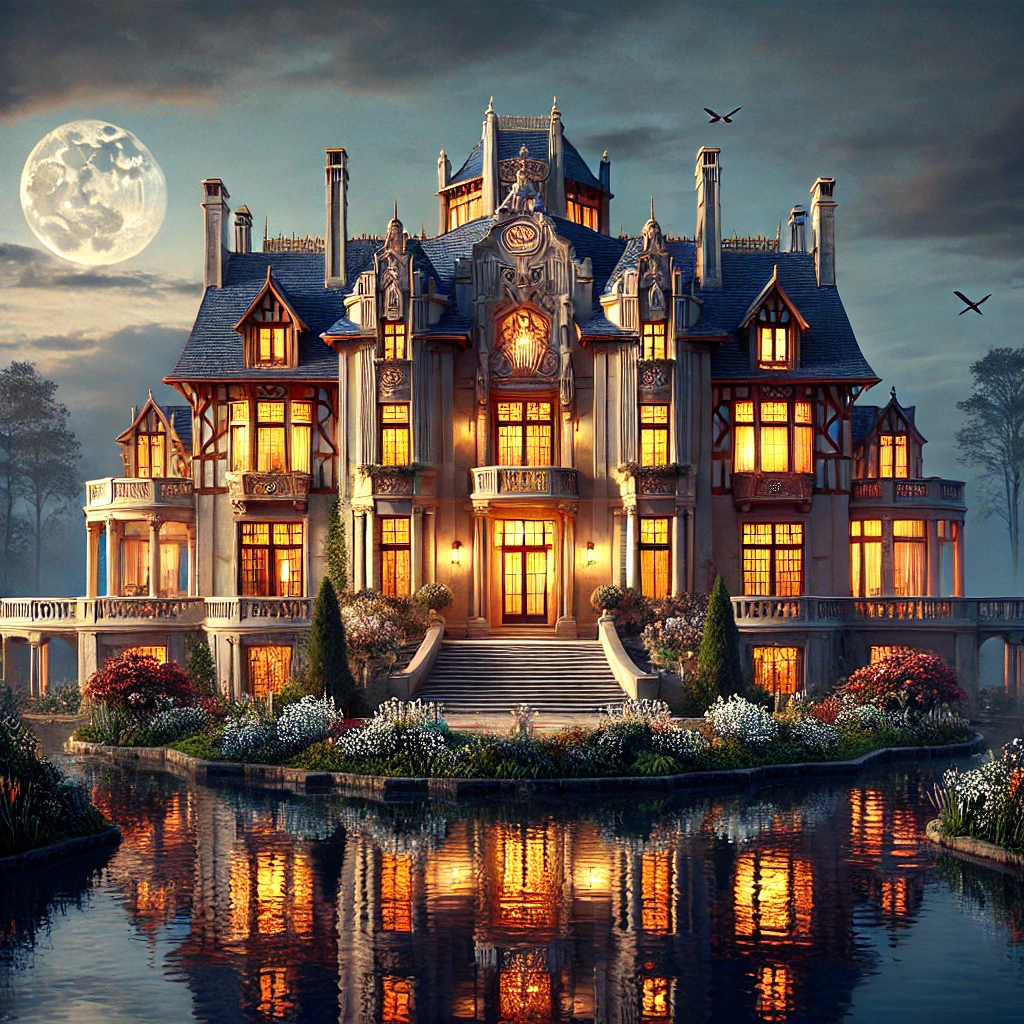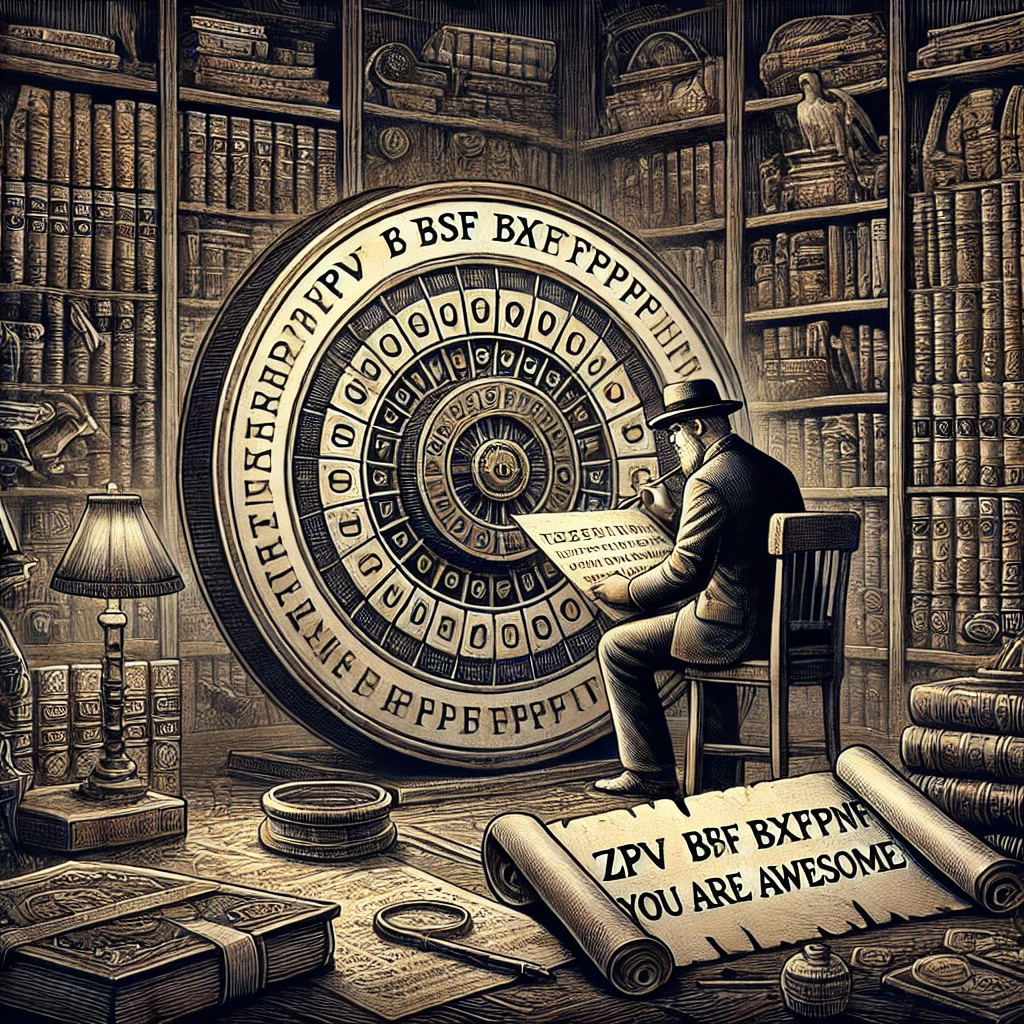Is Gatsbyś House a Symbol in The Book: Unveiling the Mansion’s Literary Significance
Introduction to Is gatsbyś house a symbol in the book
The Great Gatsby” by F. Scott Fitzgerald, the grandiose house of Jay Gatsby is more than just a lavish setting—it’s a profound symbol packed with thematic significance. Is gatsbyś house a symbol in the book mansion reflects not only Gatsby’s personal ambitions and illusions but also serves as a critique of the American Dream and the moral decay hidden beneath the era’s prosperity.
Is gatsbyś house a symbol in the book: A Beacon of Dreams and Desires
Gatsby’s sprawling estate goes beyond mere opulence; it is a symbol of his intense longing to recapture a lost love and a lost past. It represents his desire to impress Daisy Buchanan and to cement himself as a figure of significance in her world of old money and social prestige. The house is a physical manifestation of Gatsby’s need to belong and to be seen, mirroring his innermost hopes and the facade he presents to the world.
Architectural Grandeur and the Quest for Identity Is gatsbyś house a symbol in the book
The architecture of Gatsby’s mansion is a testament to his ambition to create a persona that the old wealth of East Egg would admire and accept. The grandeur of the mansion, with its lavish parties and elite guest lists, attempts to bridge the gap between Gatsby’s past as James Gatz and his reinvented identity as Jay Gatsby. This mansion, much like Gatsby’s meticulously crafted appearance, is a facade that hides the reality of his origins and his inherent outsider status in the world he desperately tries to infiltrate.
The Echoes of Europe: Gatsby’s Mansion as an Old World Imitation
Gatsby’s mansion, with its faux-European architecture and ostentatious design, is an emblem of his attempt to recreate and insert himself into the social elite of the East Egg. Drawing heavily from the styles of great French châteaux and English manors, the mansion represents Gatsby’s desire to project an image of long-standing wealth and class that he does not genuinely possess. This architectural imitation also underscores the theme of identity fabrication and the superficiality that pervades the society Fitzgerald depicts, where appearance trumps substance.
The Stage of Tragedy: Symbolism in Gatsby’s Demise
The mansion, once bustling with the elite’s echoes, becomes the silent witness to Gatsby’s tragic end. In this space, Fitzgerald encapsulates the ultimate failure of the American Dream—Gatsby’s death in his pool, alone and unloved, underlines the hollowness of his pursuit.
Illusions of Grandeur: The Larger Allegorical Canvas
The mansion itself is a canvas on which the larger illusions of the novel are painted. Through Gatsby’s home, Fitzgerald explores the illusion of the American Dream—its accessibility and its inherent promise of happiness. The house, resplendent during the lavish parties, stands empty and ghostly once the music dies down, mirroring the hollowness of Gatsby’s pursuit of happiness through material means. It is a space where dreams are both made and shattered, highlighting the dual nature of ambition and the disillusionment that often follows its realization.
Insights for Understanding Fitzgerald’s Symbolism
Analyzing the symbolism of Gatsby’s house provides deeper insight into Fitzgerald’s critique of the American Dream. The house, with its size, splendor, and the hollow parties that fill its rooms, represents the emptiness of the era’s materialism and the moral decay lurking beneath the glittering surface. It is a poignant emblem of Gatsby’s tragic flaw: his belief that money and status are all he needs to achieve happiness.
conclusion
In conclusion, Gatsby’s mansion is far more than a luxurious setting—it is a central symbol in “The Great Gatsby,” encapsulating the themes of desire, disillusionment, and the unreachable nature of dreams. As the novel unfolds, the house transitions from a place of hope to one of tragedy, mirroring the arc of Gatsby’s life and offering a haunting commentary on the American Dream’s promise and its pitfalls. Fitzgerald’s use of Gatsby’s mansion as a symbol enriches the narrative, making it not only a tale of personal tragedy but also a reflective critique of American society in the 1920s.
FAQS
1.What does Gatsby’s mansion symbolize in the novel?
Gatsby’s mansion symbolizes his aspirations and the hollowness of the American Dream.
2.How does Fitzgerald use Gatsby’s house to reflect societal issues?
The mansion reflects the era’s materialism and societal pretense, critiquing the emptiness behind the façade of success.
3.Is there a connection between Gatsby’s house and his identity?
Yes, the mansion represents Gatsby’s crafted identity and his desperate bid for acceptance into the American elite.
4.What does the setting of Gatsby’s lavish parties tell us?
The parties highlight the illusion of popularity and acceptance, masking the loneliness and isolation at the heart of Gatsby’s life.
5.What does the state of Gatsby’s house at the end of the novel symbolize?
Its decline mirrors Gatsby’s tragic fall and the ultimate failure of his dreams and ambitions.







Post Comment